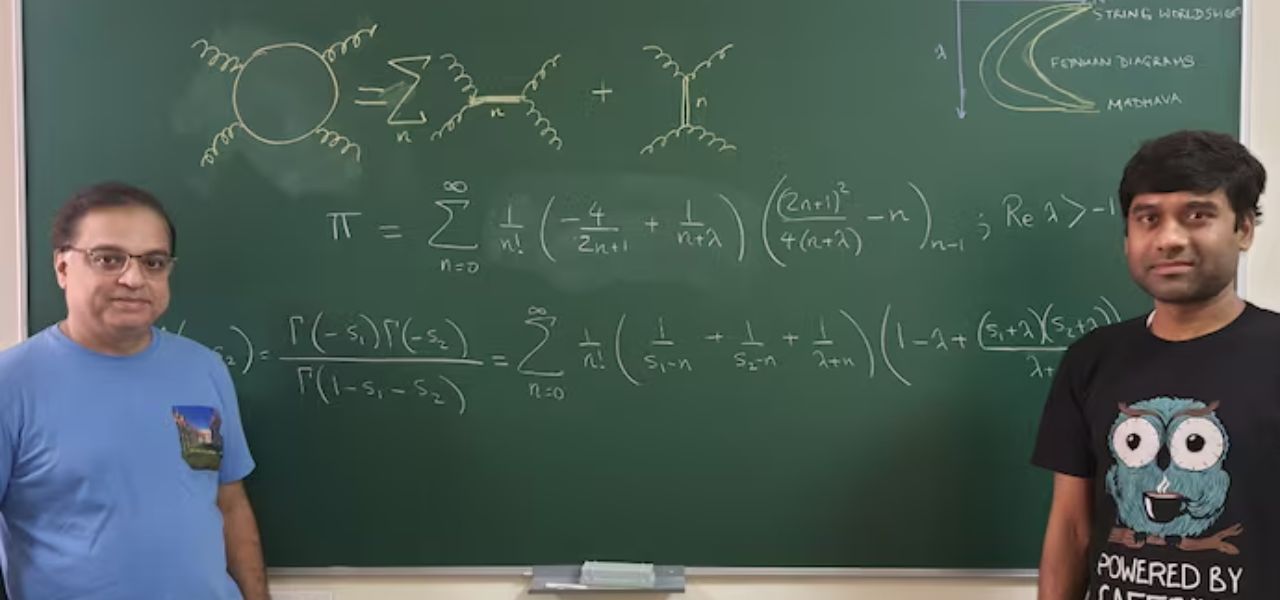IISc physicists have revealed a new way to understand PI using string theory. The new approach to PI will transform quantum physics, making its calculation more easy.
The Research
Published in the journal Physical Review Letters. Professor Aninda Sinha and post-doctorate researcher Arnab Saha from the Centre for High Energy Physics (CHEP) never intended to approach PI with a new method.
Research primarily aimed at discovering string theory’s application in high-energy particle interaction. The researchers aimed to develop a more accurate understanding of the parameters for understanding particle acceleration.
Professor Aninda pointed out “Our efforts, initially, were never to find a way to look at pi,” furthermore the study aimed at studying high-energy physics in quantum theory to reach more accurate parameters for particle acceleration.
Also Read: First Woman To Win Mathematics’ Fields Medal, Maryam Mirzakhani Dies Of Cancer
PI and String Theory

Research allowed a new method to reach PI’s value. Enabling us to understand the relation of PI with string theory. However, PI refers to the ratio of the circumference of a circle. String theory relies on an understating of particles aligned in one dimension as strings.
Sangamagrama Madhava Indian mathematician of the 15th century proposed a representation of pi that closely aligns with the value in the research.
Euler-Beta Function and Feynman Diagram
Aninda Sinha and Arnab Saha used the Euler-Beta Function and Feynman Diagram to reach the result. Firstly physical equations and formulas used are driven from the Euler-Beta Function. Secondly, Feynman’s Diagram is a visual representation of how energy is exchanged. Moreover, how energy is scattered when two particles collide and scatter
Therefore the research has enabled researchers to reach PI. Sinha says “Physicists (and mathematicians) have missed this so far since they did not have the right tools”.
Further pointing out that the research drove its theoretical basis from Paul Dirac’s 1928 work on the mathematics of motion. Eventually, it led to the existence of electrons in 1928.











